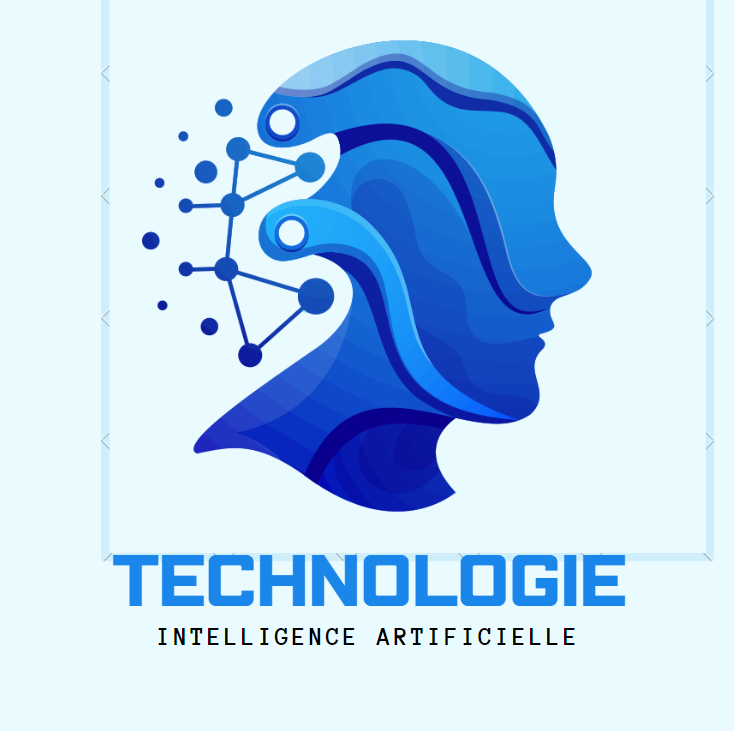Computer science and robotics
Computer Science and Robotics are two intertwined fields that have revolutionized technology and society.Computer Science is the study of computers and computational systems. It encompasses both the theoretical study of algorithms and the practical aspects of implementing them through software and hardware.
 |
| computer science and robotics_Intersection of Computer Science and robotics |
Robotics is an interdisciplinary branch that involves the design, construction, operation, and use of robots. It integrates knowledge from various fields, including computer science, mechanical engineering, electrical engineering, and materials science.
Computer Science: The Foundation of Modern Technology
Computer Science is the study of computers and computational systems. It encompasses both the theoretical foundations of computation and practical techniques for implementing computing systems. Key areas of computer science include:
- Algorithms and Data Structures: Algorithms are precise methods for solving problems or performing tasks. Data structures are ways to organize and store data to facilitate access and modification. Together, they form the foundation of efficient and effective software.
- Programming Languages: These are formal languages comprising a set of instructions that produce various kinds of output. High-level languages like Python, Java, and C++ are used for most software development, while low-level languages like assembly are used for more direct hardware manipulation.
- Software Engineering: This field involves designing, developing, testing, and maintaining software applications systematically. It includes methodologies for project management, version control, and quality assurance.
- Artificial Intelligence (AI) and Machine Learning (ML): AI is the creation of systems capable of performing tasks that usually require human intelligence, such as speech recognition and decision-making. ML, a subset of AI, involves algorithms that allow computers to learn from and make predictions based on data.
- Databases: Database management systems (DBMS) like MySQL, PostgreSQL, and MongoDB are crucial for storing, retrieving, and managing data efficiently. They support the operations of most modern applications by handling large volumes of information.
- Cybersecurity: As digital threats grow, cybersecurity has become essential for protecting systems, networks, and data from attacks. This includes everything from encryption to secure software development practices.
Robotics: The Intersection of Computer Science and Engineering
Robotics is a multidisciplinary field that integrates computer science and engineering to design, build, and operate robots. These machines can perform tasks autonomously or semi-autonomously and are used in various industries, from manufacturing to healthcare.
Key components of robotics include:
- Mechanical Design: The physical structure of robots, including their joints, actuators, and sensors. This involves disciplines such as mechanical engineering and materials science.
- Control Systems: The algorithms and software that govern the robot's movements and operations. Control systems ensure that robots perform tasks accurately and efficiently.
- Perception: Using sensors such as cameras, lidar, and ultrasonic sensors, robots perceive their environment. This data is processed to make informed decisions about actions to take.
- Artificial Intelligence: Many modern robots use AI to enhance their capabilities. AI allows robots to learn from their environment, adapt to new situations, and perform complex tasks that require cognitive functions.
- Human-Robot Interaction (HRI): This area focuses on the ways humans interact with robots. Effective HRI is crucial for the usability and acceptance of robots in daily life.
The Synergy Between Computer Science and Robotics
The fields of computer science and robotics are deeply interconnected. Advances in algorithms, machine learning, and AI significantly enhance the capabilities of robots. Conversely, the challenges in robotics often drive innovation in computer science.
For example, autonomous vehiclesvehicles require sophisticated algorithms for navigation and obstacle avoidance, which are grounded in computer science principles. Similarly, industrial robots used in manufacturing rely on precise control systems and data processing to perform tasks with high accuracy.
Conclusion
Computer science and robotics are at the forefront of technological innovation, shaping the future of various industries. Understanding the principles and applications of these fields opens up opportunities for advancements that can transform how we live and work. As technology evolves, the integration of computer science and robotics will continue to drive progress, making it a fascinating and crucial area of study.
